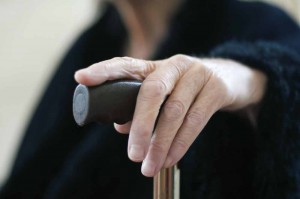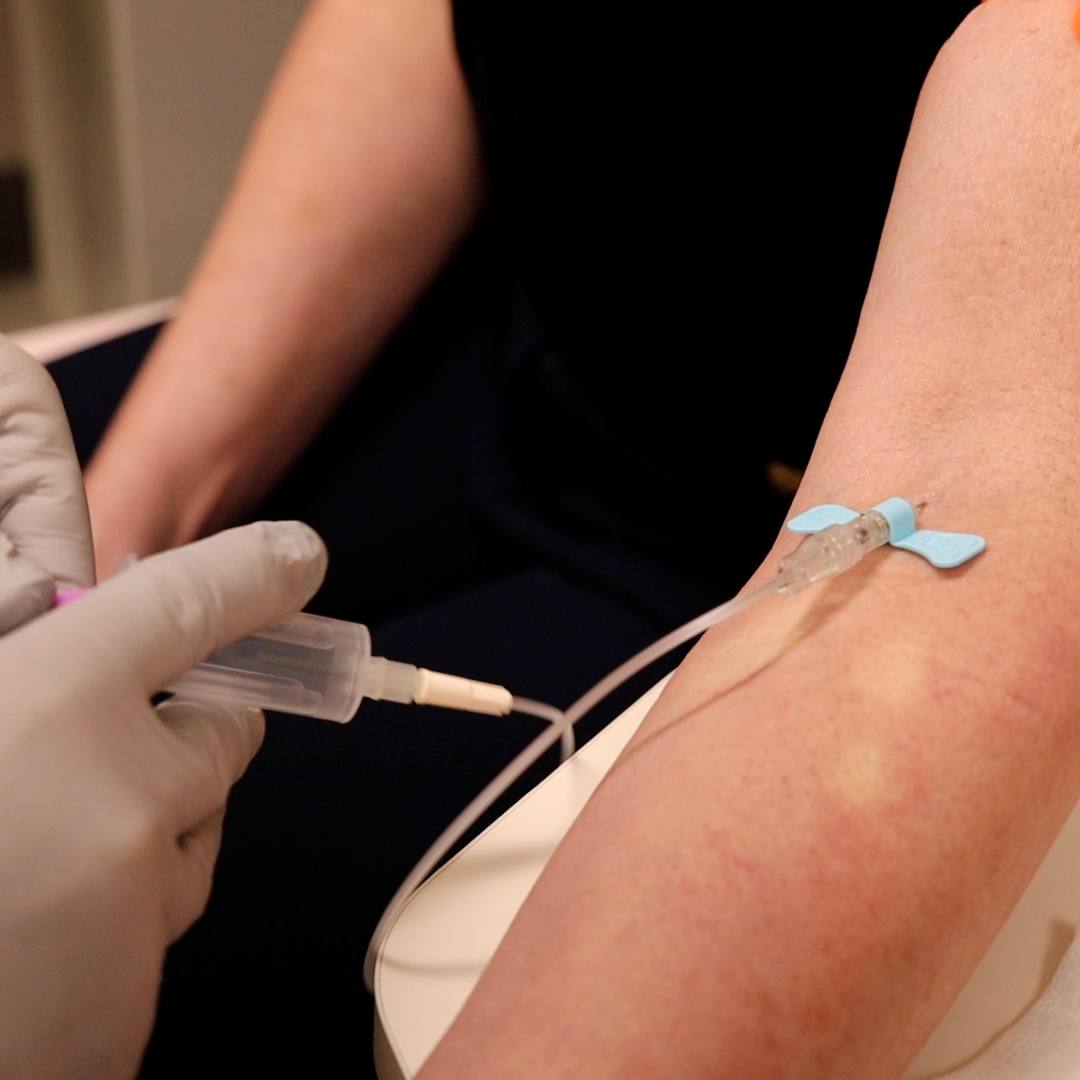-
Health & Wellness
Parkinsonism – Different than Parkinson’s Disease

Study of Parkinsonism Offers Better Estimate of Its Rate of Occurrence
More than a million Americans are struggling with Parkinson's disease. But, parkinsonism may not be a term you have heard before. It's any condition that causes a combination of the movement abnormalities seen in Parkinson's disease — such as tremor, slow movement, impaired speech or muscle stiffness. Not everyone who has parkinsonism has Parkinson's disease.
How common is it? That's what Mayo Clinic researcher Walter A. Rocca, M.D., and his colleagues wanted to know. They examined the incidence of dementia with Lewy bodies (DLB) and Parkinson's disease dementia (PDD) in a study of residents in Olmsted County, Minn., over a 15-year period.
Limited information is available about the incidence of DLB or PDD in the general population, so researchers used a well-defined population to help better characterize the two disorders. They relied on the Rochester Epidemiology Project (REP), which records the health data of residents living near Mayo Clinic's Minnesota facility. The study's findings appear in this week's edition of The Journal of the American Medical Association (JAMA).
Among 542 cases of parkinsonism, 64 patients had DLB and 46 had PDD. The overall incidence rate of DLB was 3.5 cases per 100,000 person-years, the incidence rate of PDD was 2.5, and both increased with age, according to the results. Patients with DLB were younger at the onset of symptoms than patients with PDD and had more hallucinations and cognitive fluctuations.
Journalists interested in receiving a copy of the JAMA article or in interviewing researchers may contact Nick Hanson at hanson.nicholas@mayo.edu.
Related Articles

Health & Wellness

Health & Wellness

Health & Wellness




